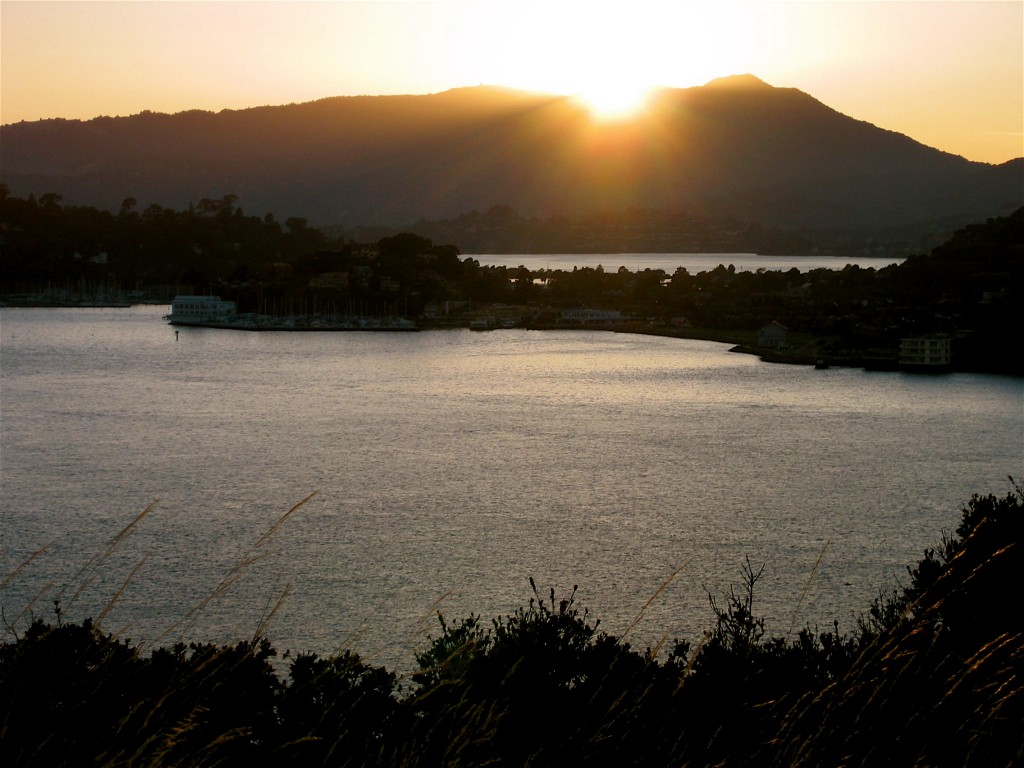MARIN CONSERVATION LEAGUE opposes Proposition 16. It is very interesting to note how hard Pacific Gas & Electric – a company with annual revenue of $14.6 billion and a net income of $1.34 billion in 2008 – is working to undermine the successful launch of Marin Energy Authority.
In contrast, the MEA, established under the 2002 “Community Choice Aggregation” law, will have projected total revenue of about $139 million in 2013, a figure that is less than 1 percent of PG&E’s total revenue. In addition to PG&E’s current marketing campaign to encourage Marin residents to “opt out” of MEA, it is also actively campaigning for an amendment to the state Constitution with Proposition 16, which is being promoted as offering the voter “choice.”
In fact, if approved by the voters this June, Proposition 16 would require a two-thirds vote of the electorate of a public agency before that agency could enter into the retail power business, an almost insurmountable burden on attempted CCAs and municipal power agencies in California.
Proposition 16 is patently designed to protect PG&E’s monopoly power position. So, why does the “Goliath” PG&E feel so threatened by the “David” of MEA and the whole idea of local CCAs? We can assume that PG&E is acting in part to forestall what it perceives to be serious competition in its protected market. It may also be driven by their significant investment in new fossil fueled power plants that are subject to all the vagaries of volatile energy market costs.
It is conceivable that in the near future, these plants will be at a competitive disadvantage with renewable power generation facilities that are not reliant on conventional fossil fuel based energy sources.
The connection between Proposition 16 and the MEA is clear. The league supports the establishment of MEA for other reasons, however – not simply to defy PG&E’s electric power hegemony in California. CCAs – and MEA in particular – offer the following long term advantages over conventional centralized fossil fueled power generation:
- The opportunity to lock-in affordable renewable energy costs in a world of increasing conventional energy costs from fossil fuels.
- The ability for Marin residents (for the first time) to choose a real alternative of where and how the equivalent energy they use is produced. Contrary to PG&E, MEA is committed to achieving a 100 percent renewable power objective.
- A locally based Joint Powers Authority, providing transparency, local control and accountability to Marin citizens through locally elected officials.
The JPA will set policy and be responsible for MEA in the same way as any other special district.
- Professionals in the energy markets to manage MEA’s day-to-day operations and management.
- The capability of the MEA to take full advantage of local and regional distributed power generation opportunities such as wind power, solar panel installations, biomass and landfill cogeneration.
- The advantage of lesser cost of capital than that of investor owned utilities, in as much as a CCA like MEA can finance operations with tax free industrial revenue bond instruments and does not need to provide dividends to shareholders.
These advantages can be provided without significant risk. Note that 25 percent of Californians already receive their power from municipal utilities similar to MEA. Those risks that accompany any new enterprise have been anticipated in the MEA business plan, which has been thoroughly reviewed and vetted every step along the way by experienced and responsible outside parties, including the California Public Utilities Commission. Local taxpayers will not be at risk to meet MEA obligations. Yes, PG&E has every reason to be concerned over MEA and the possibility of CCAs being pursued by San Francisco and other municipalities. They offer PG&E real competition. Little wonder that PG&E is spending so much time, energy and money to try to kill MEA. It’s a good idea whose time has come.
Nona Dennis of Mill Valley is president of the Marin Conservation League. Former Larkspur City Councilman Roger Roberts is a past president of the league.
___________________
CAPE WIND
Secretary of the Interior Ken Salazar
BOSTON, Mass – Secretary of the Interior Ken Salazar just approved the Cape Wind renewable energy project on federal submerged lands in Nantucket Sound, but will require the developer of the $1 billion wind farm to agree to additional binding measures to minimize the potential adverse impacts of construction and operation of the facility. Read more here.
“After careful consideration of all the concerns expressed during the lengthy review and consultation process and thorough analyses of the many factors involved, I find that the public benefits weigh in favor of approving the Cape Wind project at the Horseshoe Shoal location,” Salazar said in an announcement at the State House in Boston. “With this decision we are beginning a new direction in our Nation’s energy future, ushering in America’s first offshore wind energy facility and opening a new chapter in the history of this region.” The Cape Wind project would be the first wind farm on the U.S. Outer Continental Shelf, generating enough power to meet 75 percent of the electricity demand for Cape Cod, Martha’s Vineyard and Nantucket Island combined. The project would create several hundred construction jobs and be one of the largest greenhouse gas reduction initiatives in the nation, cutting carbon dioxide emissions from conventional power plants by 700,000 tons annually. That is equivalent to removing 175,000 cars from the road for a year.
_________________
EXPLORE the latest Green information below
A GREEN DOOR
Solar Poder
INSIGHT
Rough Water
SUBSCRIBE TO UPDATES HERE


